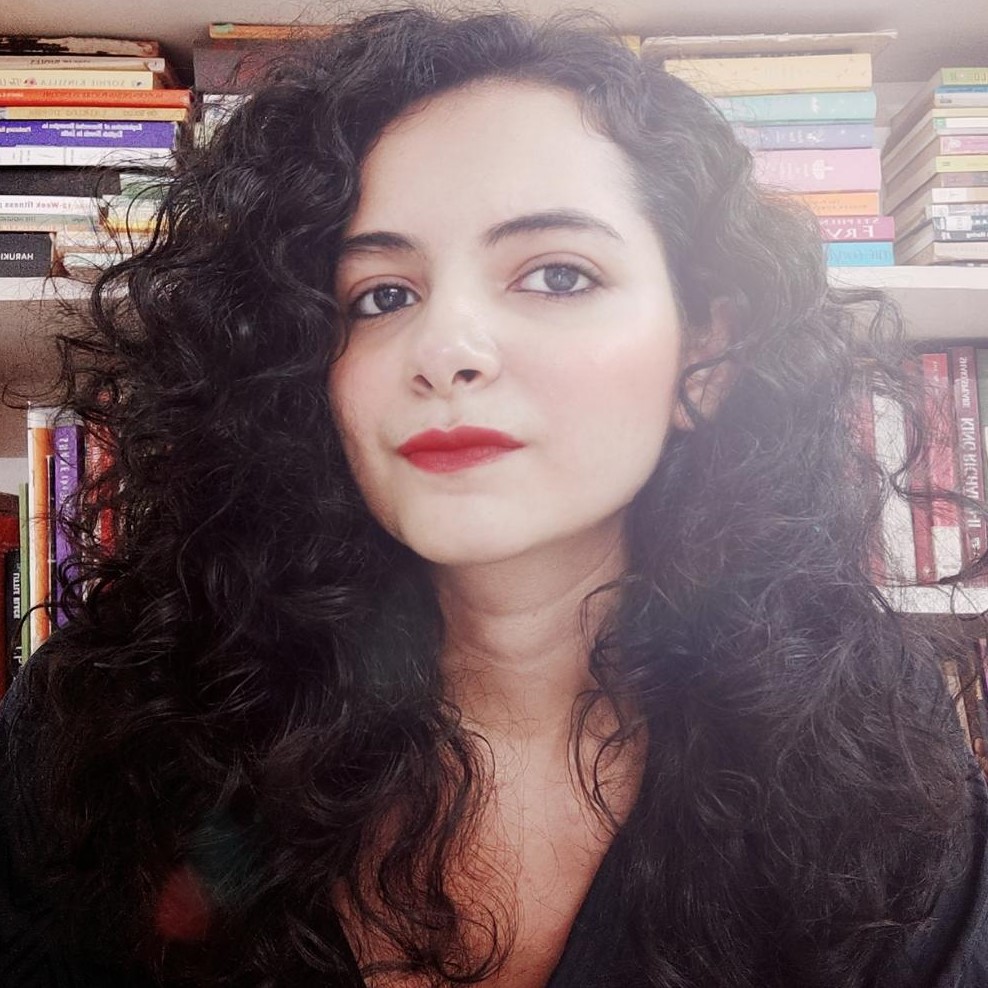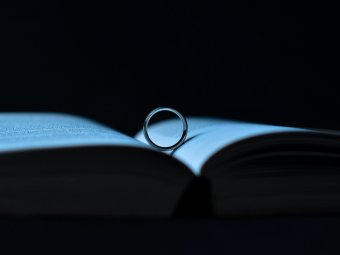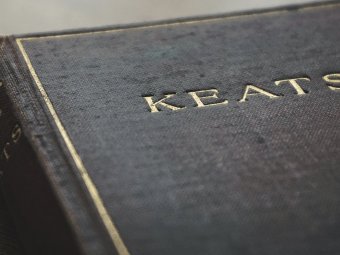Enchantment, Imagery and the Aesthetics of Sound in the poetry of John Keats

Music was seen as a medium through which an elevated state of consciousness could be attained. It bridged the gulf between the form and the formless through the use of
imagination, and Keats uses this power of sound and music in his poetry to captivate and bewitch his audience. Keats experienced cosmic truths through the song of the Nightingale which he later translated into the poem. “Ode to a Nightingale” expresses perfectly Keats’s notion of Negative Capability, which is the ability of the poet or the creative artist to embrace contradictions, complexities, uncertainties, mysteries and doubts without searching or reaching out for facts or reason. Keatsian “Negative Capability” grew out of the Romantic rebellion against the principles of Enlightenment. Negative Capability enabled Keats to think beyond the physical realm and propelled him, “on the viewless wings of Poesy” into the supernatural. “Ode to a Nightingale” demonstrates impressive stylistic elements in terms of meter and rhyme scheme. The use of Iambic Pentameter along with the amalgamation of short and long vowels gives the poem a steady rhythm and reveals the melody and the musicality of the words. The use of alliteration for instance in phrases like “With beaded bubbles winking at the brim,” “Singest of summer”, “deep-delved earth”, “Fast fading violets” lends a magical, melodious and sensory effect to the poem. Capitalization of important words, the use of stressed and unstressed syllables along with other linguistic and stylistic nuances add dimension to Keats’s poetry thus conveying its emotional intensity. The power of sound and music has been a source of inspiration to Keats, and through his poems, he strived to convey the enigmatic and spellbinding effect of words.
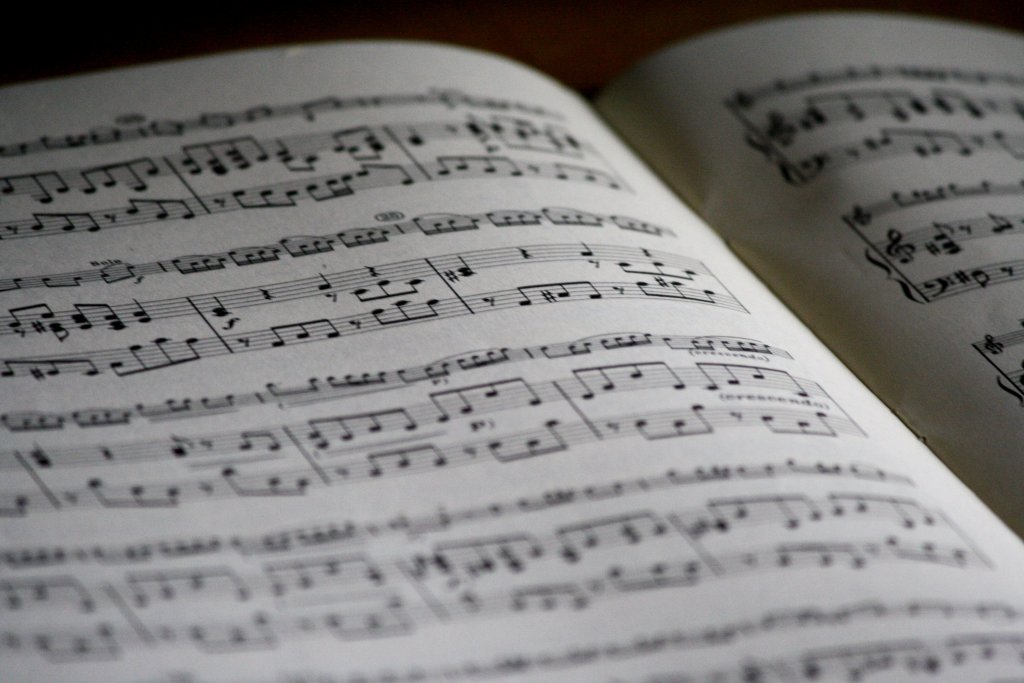
“Negative Capability enabled Keats to think beyond the physical realm […]”
In another important work, “Ode to Apollo” (1815), Keats emphasizes the power of the Aeolian harp which is an important motif in Romantic poetry recurring in poems such as “The Eolian Harp” (1796) by Samuel Taylor Coleridge and “Ode to the West Wind” (1820) by Percy Bysshe Shelley. The Romantic poets transformed the wind and the music/art produced by the wind into metaphors for radical change. According to Romantic philosophy, the wind represents a physical force of Nature that has the power to excite metaphysical possibilities. Nature, according to romantic poets, revealed its inherent melody through the strings of the harp. Similarly, the poet was considered a medium or an instrument through which Nature connected with the physical world. In “Ode to Apollo”, Keats transcribes the music of the harp in the following lines –
“Wild warblings from the Aeolian lyre
Enchantment softly breathe, and tremblingly expire.”
Ode to Apollo, John Keats
Keats implements synesthesia through phrases such as “radiant fires,” “tuneful thunders” and the “twanging harp of war.” This technique enriches the experience of the poem and successfully projects sound as a metaphysical phenomenon.
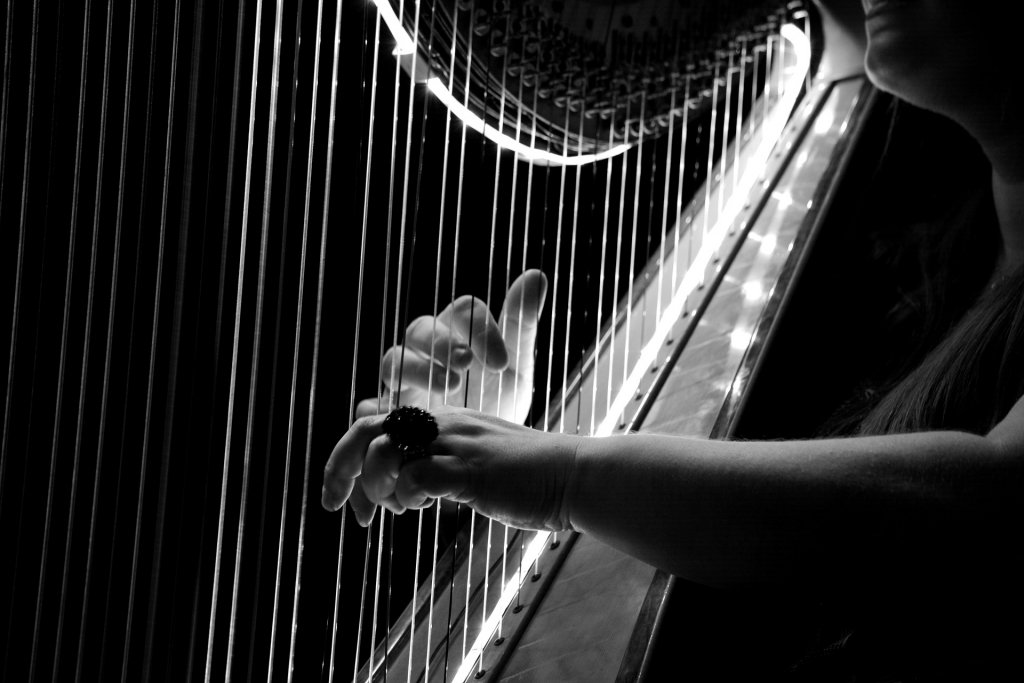
“Nature, according to romantic poets, revealed its inherent melody through the strings of the harp.”
Keats thought of Nature as a transformative force and was fascinated by the ways in which the human mind and Nature mirrored each other’s creative properties. His verses and stanzas are spun with imagination which was considered a spiritual force taking inspiration from Nature. Keats explored the sublime and the supernatural in poems such as “La Belle Dame sans Merci” (1819) and “The Eve of St. Agnes” (1820). Keats’s poetry carries the influence of Edmund Burke’s treatise of aesthetics titled, “A Philosophical Enquiry into the Origin of our Ideas of the Sublime and Beautiful” (1757) which later became the theoretical foundation of Romanticism. A successful combination of passion and technique in Keats’s poems heightens the experience for the reader. The narrative and action in his poetry are brought to life with the use of poetic devices such as imagery, rhyme, and meter as well as repetition of thoughts and ideas which create an incantatory effect. Melody, rhythm as well as syntax infuse language with a certain vitality and dynamism. Keats chose language very effectively to create a mood and his formal technique becomes a device to elicit the reaction he wants from the reader. The tension in Keats’s poetry is intensified because of the use of contrasting elements of light and shade, mortality and immortality, transience and permanence along with the effective implementation of the German Romantic concept of “Sturm und Drang” combined with the Wordsworthian philosophy of “emotion recollected in tranquillity.”
“Keats thought of Nature as a transformative force […] His verses and stanzas are spun with imagination which was considered a spiritual force taking inspiration from Nature.”
John Keats’s work resonates with readers across space and time because it allows engagement and interpretation at numerous levels. Each reading evokes different images and emotions which make the experience fresh and exciting. Keats extended language through sound and imagery to arouse pleasure and pain in the reader. His poetry is constructed with immense passion and great craftsmanship which profoundly impacts the emotional states of the audience. Moments and experiences that otherwise would have been beyond words are captured and preserved through Keatsian poetic language which demonstrates that poetry is similar to music in its aspects of sound, melody, and rhythm. These are some of the unique attributes of Keats’s poetry that entice me over and over again, and extracting the subtleties and the melodies embedded in the lines of his poems is always a delight. John Keats was a beautiful spirit and a visionary who perceived life beyond the body physical. In his short lifetime, he experienced love and loss, redemption and ruin, bliss, and despair which were transformed into magnificent poetry that continues to offer solace to wandering souls around the world.


